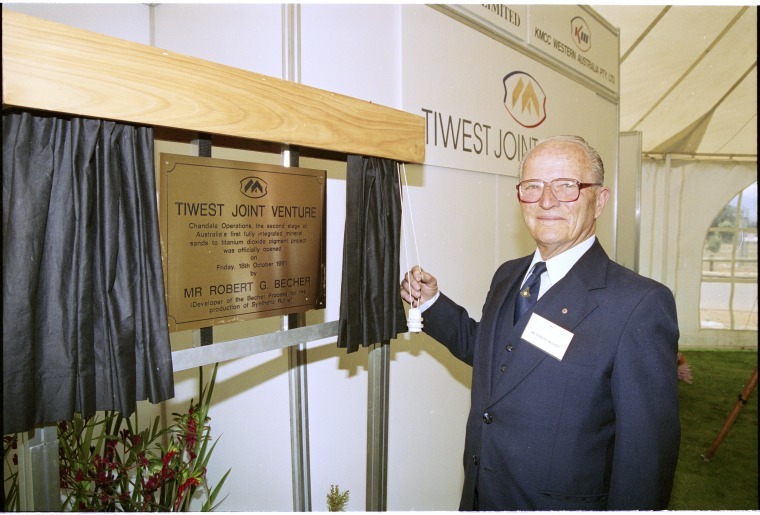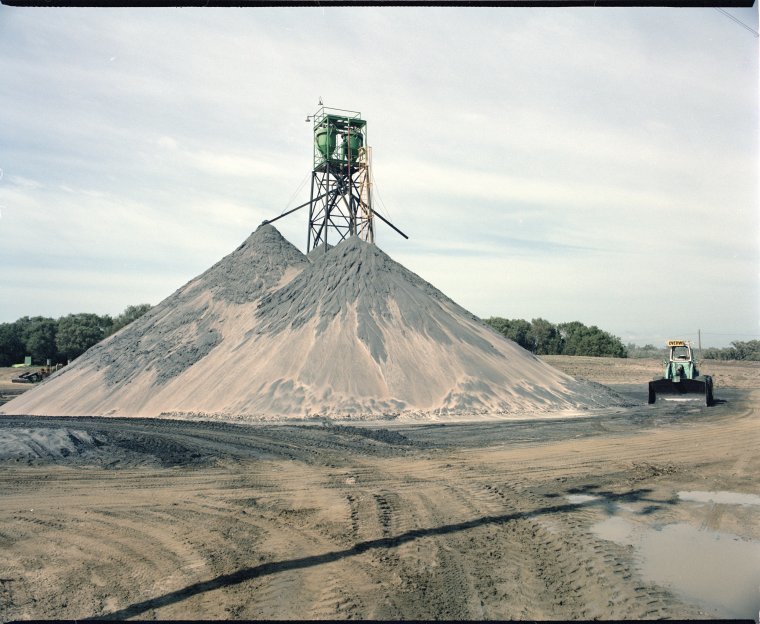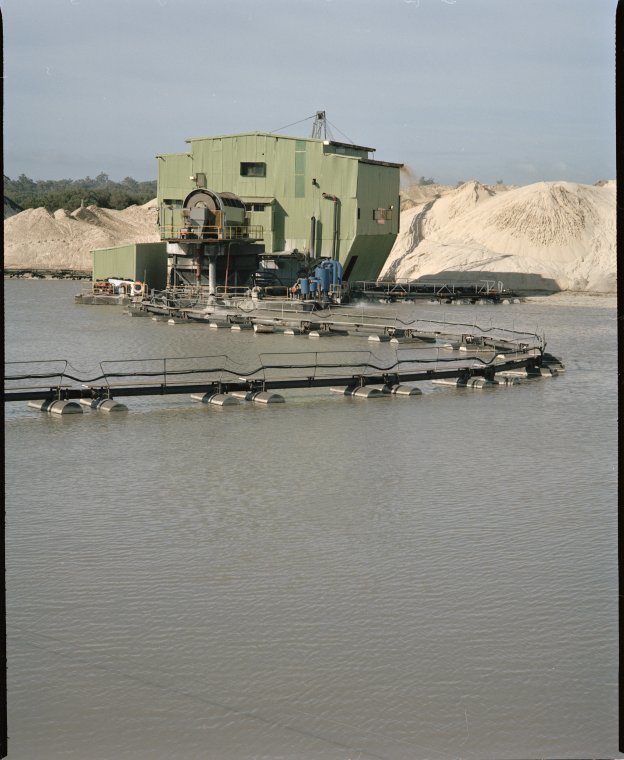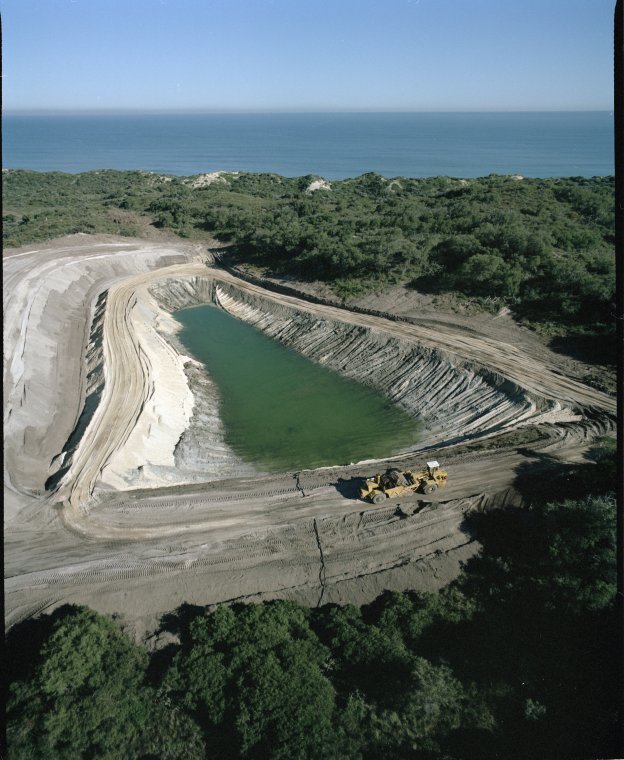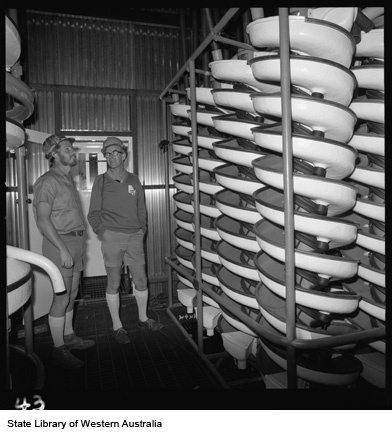Mineral Sands
In Western Australia, mineral sands production is largely made up of titanium minerals such as ilmenite, leucoxene, synthetic rutile and zircon. Most of these minerals are used to produce titanium dioxide pigments, which are used in paints, papers and plastics.
Mineral sands deposits are found in fossil shorelines, often far from present coastlines. The Western Australian mineral sands industry began in 1949 at Cheynes Bay. Throughout the 1950s a number of deposits of mineral sands were exploited around the Capel area, including at Yoganup, Wonnerup, and Koombana Bay. A plant to produce titanium dioxide pigments from ilmenite was established at Australind in 1963.
Discoveries of mineral sands deposits continued throughout the 1970s and 1980s. Deposits at Eneabba and Cooljarloo were exploited in 1974 and 1990 respectively, and by 1999, the mineral sands industry was Western Australia’s sixth biggest mining industry worth $688 million to the state’s economy.
In 2015-16, Western Australia's mineral sands industry was valued at $539 million, exporting to the USA, China, the Netherlands, the United Kingdom, and Saudi Arabia.
Iluka Resources and Tronox Management are the main producers of mineral sands in Western Australia.

